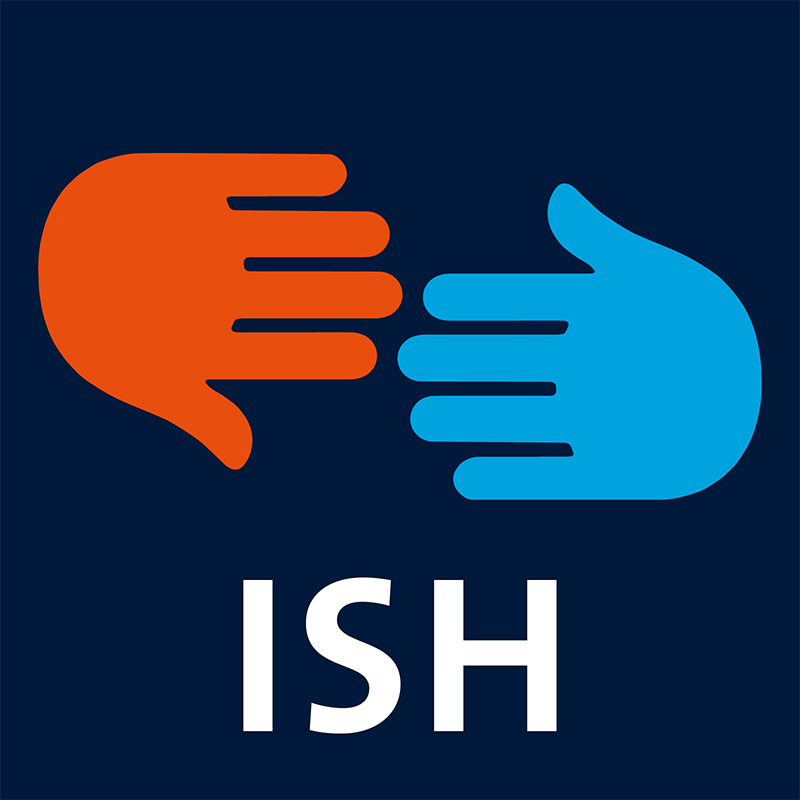Hi all!
We’re super excited to present our first guest blog post! Steven Tallman from Meet Maastricht was super kind to tell you all more about Limburgish so let’s get going!
With Carnaval beginning soon, one thing internationals may notice immediately is the complete absence of the Dutch language on the streets, in the bars and in the carnival songs. Limburgers view Carnaval as one of the most prominent aspects of their culture, and as such, only the Limburgish language, the main marker of Limburgish identity, is used. In fact, many Limburgers will tell you Dutch is forbidden during Carnaval. So, how much do you know about the regional language here?
1. Yes, Limburgish is actually a language. Although most Dutch people think Limburgish (or Limburgs) is ‘just a dialect’, they will be the first to tell you they cannot actually follow a conversation in Limburgish. Linguists who study Germanic languages refer to Limburgish as Low East Franconian, and it sits between German and Dutch in much the same way Catalan sits between French and Spanish. Limburgish has its own phonology, grammar, vocabulary and spelling. It is further removed from standard Dutch than Frisian, which many people would say is a ‘language’.
2. And it is actually recognized as a language. In 1997, both the Dutch Government and the Council of Europe recognized Limburgish under the European Charter for Regional or Minority Languages as a language separate from Dutch.
3. It is an ancient literary language. The first written record of Limburgish, the Wachtendonckse Psalmen, dates from the 900s. Henric van Veldeke (died 1184), one of the earliest known authors in Europe to write in a language other than Latin, wrote in Limburgish. Since that time, poetry, plays, operas and novels have all been written in the language, and there is even an epic poem from the 1830s modelled after Chaucer’s Canterbury Tales that tells of a pilgrimage to Scherpenheuvel.
4. Limburgish is a tonal language. You probably know that Chinese is a tonal language, but one of the things linguists find most intriguing about Limburgish is that it has two tones with eight pronunciation variants. The exact same spelling of a word can mean something different depending on which tone is used. This is rare in a European language. It is also really hard to learn as Limburgish has more vowel sounds than Dutch and significantly more vowel sounds than English.
5. About as many people speak Limburgish as Icelandic, Irish and Frisian combined. Around 1M people speak Limburgish on a daily basis in both the Netherlands & Belgium. That said, there are more than 40 dialects of Limburgish as each city or village has its own variety like Maastrichts (Mestreechs), Roermonds (Remunjs), Sittards (Zittesj), Venlo (Venloos). Although there is variation in spelling and vocabulary between dialects, they are all mutually intelligible.
6. Limburgish is extensively used in social media. Microsoft Swiftkey has added Limburgish as a language as has Google GBoard, greatly facilitating the use of the language for apping, texting and use in social media. Or check out the Limburgish Wikipedia page, one of 66 languages used on the site. If you want to learn some Limburgish then check out www.Limburgs.org or download D’n Dictionair from your app store where you can find an English-Limburgish dictionary with translations to five of the main Limburgish dialects.
Zaolege Vastelaovend! (Happy Carnaval)


